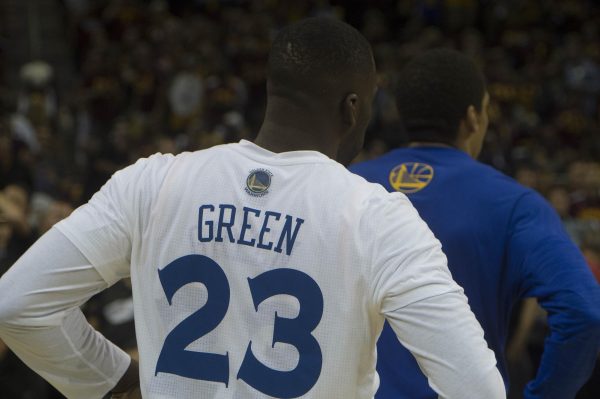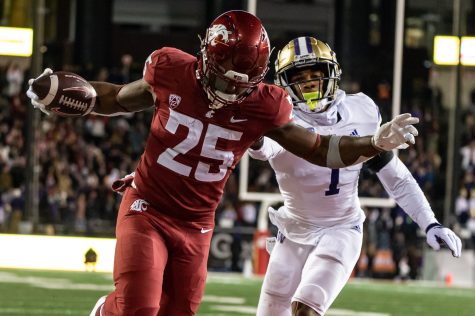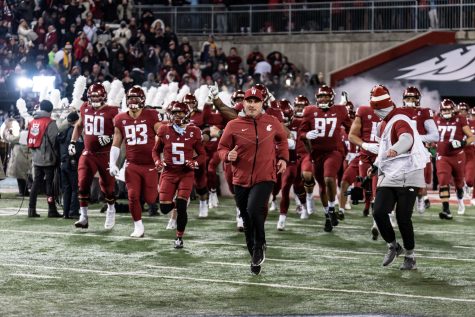Money in middle-class pockets
January 22, 2015
A proposed tax increase for the wealthy socioeconomic factions to aid lower and middle-class Americans was one topic featured in President Obama’s State of the Union address.
The focus of the tax will be raising capital gains and dividends rates for couples, making $500,000 per year to 28 percent. Included in the proposition is a requirement that the capital gains tax take effect with occurrences of inheritance, a tax that, as of today, is only required in eight states.
In addition to capital gains and dividends, Obama’s policy will call for a credit of up to $500 for families in which both spouses work, increasing the child care credit to up to $3,000 per child under the age of five and a renovation of education taxes that could save millions.
It is likely that the future budget proposals, including a call for $320 billion over the next 10 years, according to Fox News, will not pass – much less make it to the floor.
The wealthy and powerful plan to stay wealthy and powerful.
Let’s examine the potential of the tax suggestions and understand on what the United States is theoretically missing out.
As of 2013, the median net worth of upper-income families existed around $639,400. The study found that middle-income Americans generated a median income of $96,500, which isn’t nearly as depressing as the lower-income median of a mere $9,300.
In addition, the United States Census Bureau found that in 2013 the nation’s official poverty rate was 14.5 percent. This equates to roughly 45 million people living at or below the poverty line.
14.5 percent of the 317 million people living in the United States is a relatively lower number.
Yet, if we look deeper at the figure, we find that 45 million Americans must forgo comfort and live life paycheck to paycheck.
In his State of the Union address, Obama called for lowering the taxes on working families, by doing so, he stated, “putting thousands of dollars back into their pockets.”
This is a step in the right direction and beneficial for a couple of reasons.
The first is obvious – or at least is obvious to the working class. If you put more money back into the pockets of those who rely on it, then the money has no choice but to reenter the economy through the purchases of goods and services.
Requiring both parents in the workforce, as Obama stated, equates to the working class being so financially burdened that money circulates quickly due to necessary expenses.
If, however, you give that same tax break to the wealthy – whose bank accounts, mind you, are already brimming – then money will go directly to the bank, not back into their pockets, and most definitely not back into circulation.
The second reason why Obama’s tax break is important falls under the income gap.
In a 2014 study, The Pew Research Center found that the wealth gap in the United States is the widest it has been in three decades.
It seems, as though the rich are getting richer and the poor, unfortunately, cannot get ahead.
The reality of the situation is that the top one percent of income earners are taking in more than one third of the nation’s wealth, a condition that, without the proper regulations, has grown and will continue to grow exponentially.
In a democracy, this monarchical value of wealth by a few seems counterintuitive and blatantly filthy.





















